As far as Aussie motoring legends go, ‘Barra’ must now surely be one of the greatest.
Renowned for its strength, longevity and broad tuning bandwidth, the Australian inline six with roots back to the super unsexy-sounding ThriftPower Six that debuted in the first US Falcon of 1959 is nowadays the go-to custom engine transplant, regardless of brand.
It’s not like you hear about Holden’s ex-VZ Commodore High Feature HF V6 shoehorned into Mazda 121s! But Barra was much, much more than just cheap and fast engine conversions.
The name grew out of project Barramundi, which was the internal code for the BA Falcon – the $500 million (nearly $800 million in 2022 dollars) do-or-die replacement for the troubled AU Falcon.
Launched on September 28, 2002, the BA’s job was to restore the Falcon to the number one position it had conceded to the Commodore the moment the VT emerged in August, 1997. For over 60 consecutive months, the handsome Holden ran roughshod over its Blue Oval foe, when previously, they had been more or less equally matched commercially as well as critically.
The 1998 AU – arguably a better car in many ways to the Commodore – infamously flopped simply because it was anything but conventionally attractive. Ford reportedly had readied a smart yet safe replacement for the preceding EL Falcon, until Detroit HQ insisted it adopt the American Taurus II’s ovoid look. Big mistake.
The result was a saggy shape blighted by way too many oval motifs, exacerbated on the fleet-focused Forte by Hannibal Lector’s mouthguard for a grille, woefully small wheels and a tippy-toed stance. The sixth-gen Falcon since 1960 wasn’t bad, it just looked sad. Even rushed smiley-faced facelifts for the 2000 Series II couldn’t stave off the stench of failure. Bold doesn’t always equate to beautiful.
Heads subsequently rolled at Broadmeadows, as a new president, a former dealer principal and sales supremo, Geoff Polites, stepped in to salvage the mess just months after the AU’s launch. By early 2000, Ford parachuted in an American, Scott Strong, to fix the Falcon’s styling.
.jpg)
Inspired by the Audi A4 and Volvo S60, along with the Mk1 Ford Focus that Mr Strong had worked on in Europe, the BA gained an uncontroversial front appearance, Germanic rear, a flatter roof, square-edged windscreens and broader presence.
The result was elegant if conservative, and even VX Commodore-esque in some critics’ eyes. Only the old sedan’s doors remained, though the cavernous BA Falcon wagon and BA Falcon ute’s sheetmetal remained the same from the windscreen back as their respective AU counterparts.
The same thinking carried over inside, with a completely overhauled dash, seats (moved closer together), driving position, materials and heating/air-conditioning setup. The electrical system was also redesigned, as were safety systems. And the classy instrumentation was vastly better than before.
.jpg)
But the most exciting news was under the skin.
While the AU’s E-series platform (dating back to the 1988 EA) lived on, it came with completely redesigned steering and – for the sedan – a standard new 'Control Blade' independent rear suspension (IRS), replacing the previous Watts link live axle (though it wasn’t as sophisticated as the AU’s optional double wishbone IRS, and note that wagons and ute continued with the leaf sprung rear end).
And then there was what was under the new-look bonnet.
Yes, the standard Barra 182 retained the 4.0-litre inline six-cylinder specs from the EB II Falcon days of 10 years earlier, but it was dragged into the 21st century with double overhead cams with variable valve timing and four valves per cylinder, among a raft of other big internal changes. It revved easier and made more power, in part to help overcome weight rises of between 55kg (Fairmont Ghia) and 130kg (base XT).
.jpg)
Yet fuel consumption remained steady, due to the Barra’s newfound efficiencies.
Better still, Ford caught Holden napping with the Barra 240T, denoting the XR6 Turbo version. This brought a new level of effortless performance to the classic Aussie six. Driving the rear wheels of both were revised gearboxes, in either five-speed manual or four-speed autos – now with tip-shift facility (still a novelty in those days). Later models, starting with 2005’s BF facelift, gained a ZF six-speed auto.
.jpg)
Meanwhile, Canada provided the Falcon with a new 5.4-litre V8, that finally gave the Falcon near-parity with the big punchy Gen III Chevy V8s found in the Commodore. A 220kW SOHC version was optional across non XR models (aside from Futura), while the XR8 scored a hand-assembled quad-cam 260kW version wearing the legendary Boss title.
To fit the huge Boss version of the V8, the XR8 needed a specific bonnet bulge that has since found its way onto many non-XR8s at the hands of ambitious owners. A little known fact is that this bonnet bulge had an extra crease along its front edge until the 11th hour, which was even evident on cars shown at its Sydney Motor Show public debut. Full production models feature a retooled bonnet which is missing this crease, no doubt in the interest of quality control or cost, but still would have required significan last-minute investment to execute.
.jpg)
For enthusiasts looking for even more pedigree, Ford Performance Vehicles (FPV) arrived in early 2003, bringing back the iconic GT badge as a full production model (rather than as a limited edition as per the 1993 EB and 1997 EL GTs) for the first time since the demise of the XB GT in 1976. The GT scored an even stronger 290kW version of the Boss V8 to come within 10kW of the HSV GTS' outright victory in the numbers race of the time.
All BA Falcon grades, including the Barra 182, gained larger brakes to cope with the extra muscle.
These, plus other advances and improvements, were enough to turn Falcon sales around, closing the gap with the much-more-lightly facelifted VY Commodore also launched in late 2002. The Holden still remained the best-selling car, but the BA occasionally edged ahead in some months. The AU stigma was forgotten, and Ford was on a roll.
.jpg)
The BA also won the Wheels Car of the Year award for 2002, breaking a 36-year drought following the XR Falcon’s 1966 win, which was especially satisfying for Ford as four Commodores (1978 VB, 1988 VN, 1993 VR and 1997 VT) had snaffled the prize in the interim (and would for one last time with 2006’s VE – more on that model shortly).
The BA program was also only part of a larger project using the same platform, that sired Australia’s only-ever SUV, the Territory from 2004. Another brainchild from the visionary Mr Polites, that in turn would help evolve the final-gen Falcon, the FG from 2008 through to 2016.
Probably the greatest Australian engineered vehicle of all time, with design and dynamics that made it uniquely world class even against the contemporary BMW X5, the Territory nevertheless cost another $500 million at the time to get to market, meaning the two big Aussie cars cost Ford Australia nearly $1.6 billion in today’s money.
.jpg)
This massive investment that could not have been foreseen when the AU was being developed in the mid 1990s; it ultimately worked against Ford Australia as the 2000s rolled on, especially as both models were caught up in a perfect storm that ultimately forever changed the landscape of the automotive industry globally.
Picture the scenario: it’s now 2004, Falcon sales are still fairly buoyant, the shine has worn off the lacklustre VZ Commodore restyle and its disappointing all-new HF V6, and the Territory has taken off (and securing Ford another Wheels COTY award that same year).
But compact SUV sales – as the family-friendly wave of medium SUVs and crossovers were known at the time – were growing exponentially, and soon models like the Toyota RAV4, Honda CR-V and Subaru Forester would be reeling in Falcon and Commodore buyers as surely as they had wooed medium-sedan ones. Consumers were increasingly turned on to the packaging benefits perceived or otherwise by such vehicles. Ford was lucky it had the Territory.
However, skyrocketing fuel costs as a result of oil prices multiplying almost overnight had a two-fold downward effect on Falcon and Commodore sales, as they were suddenly regarded as far too thirsty, as well as out of step with evolving buyer tastes who instead gravitated to four-cylinder or diesel-powered SUVs. The result saw both models’ market share slide significantly, and continue to do so until their demise later in the following decade.
.jpg)
The Falcon, though, had it tougher. Much tougher.
The BA investment essentially emptied Ford’s coffers, as the company's bean counters were not seeing the expected return on investment... and were not likely to do so with large-car sales shrinking inexorably as time marched on.
It was all enough for the 2008 FG replacement to not be an all-new vehicle to the extent that it should have been. The body and interior were redesigned, the engines evolved, the front suspension changed, and safety progressed, but the Falcon was no match for the ambition and scope of Holden’s Billion Dollar Baby ($1.4b in 2022) VE Commodore.
.jpg)
Sharing nothing with any previous Commodore, the VE was Holden's most changed model since the HQ Kingswood of 1971. It was designed for global consumption under a host of GM brands, especially Pontiac, Chevrolet and Saab, siring multiple body styles including SUVs and coupes, and ultimately be the backbone of the corporation’s large-car family moving forward. Hence that massive development budget.
However, now it was Falcon’s turn to seem underdone in the face of such fiercely modern product, especially as the FG lost the wagon variant (that was Territory’s job) as well as the once obscenely profitable Fairlane/LTD long-wheelbase luxury versions.
Though still a strong VE rival, the FG nevertheless felt older and somehow less exciting, though to its credit, the final Falcon series did feature some standout models, like the XR6 Turbo, FPV F6, Typhoon and GT-P, and even the EcoLPi LPG and now-largely-forgotten 2.0-litre four-pot turbo versions.
.jpg)
Of course, the VE Commodore also suffered because of the same bad timing woes that dogged the Falcon and was dealt a mortal blow when the Global Financial Crisis (GFC) obliterated its essential export markets.
Ironically, the GFC largely spared Australia and so didn’t affect the Falcon or Territory nearly as badly as it hurt Holden, but by then the writing was on the wall anyway: nobody anywhere on Earth wanted large cars like Falcon or Commodore in any meaningful volumes, unless they wore premium badges.
No, the BA was the last great Falcon, a heroic turnaround after a disastrous and embarrassing blunder made worse by Holden's pitch-perfect VT Commodore. Not only did it win back customers, the BA became the critical darling of the Australian-made duo and – some say – the envy of the global Ford empire.
.jpg)
Some 281,197 Ford Falcon BA sedans, wagons and utes were produced, all in Broadmeadows, between 2002 and 2005.
Ford under Mr Polites did the right thing in changing the AU as comprehensively as it had, because that was the bulk of its market back in the late ‘90s and early ‘00s and there was no chance anything less than a major redesign would work. Just as Holden came to the same conclusion when it made the decision to commence development of the white-hot VT-VX Commodore replacement in 2001, that became the VE.
More than just a terrifically strong and tuneable engine, then, the name Barra conjures up that rare and wonderful thing: a car that was beyond the sum of its parts. It was also good enough to save the Australian car industry, if only world events hadn’t intervened instead.
Happy 20th, BA Falcon.



.jpg)








.jpg)
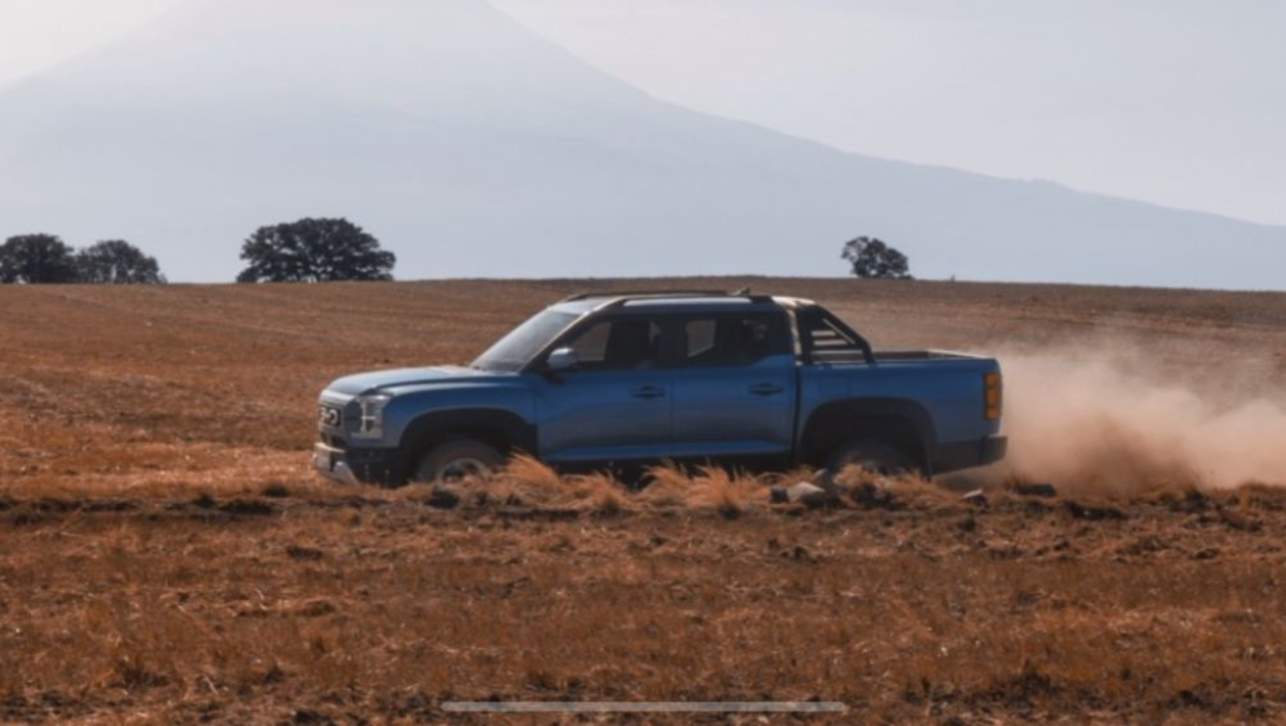
.jpg)
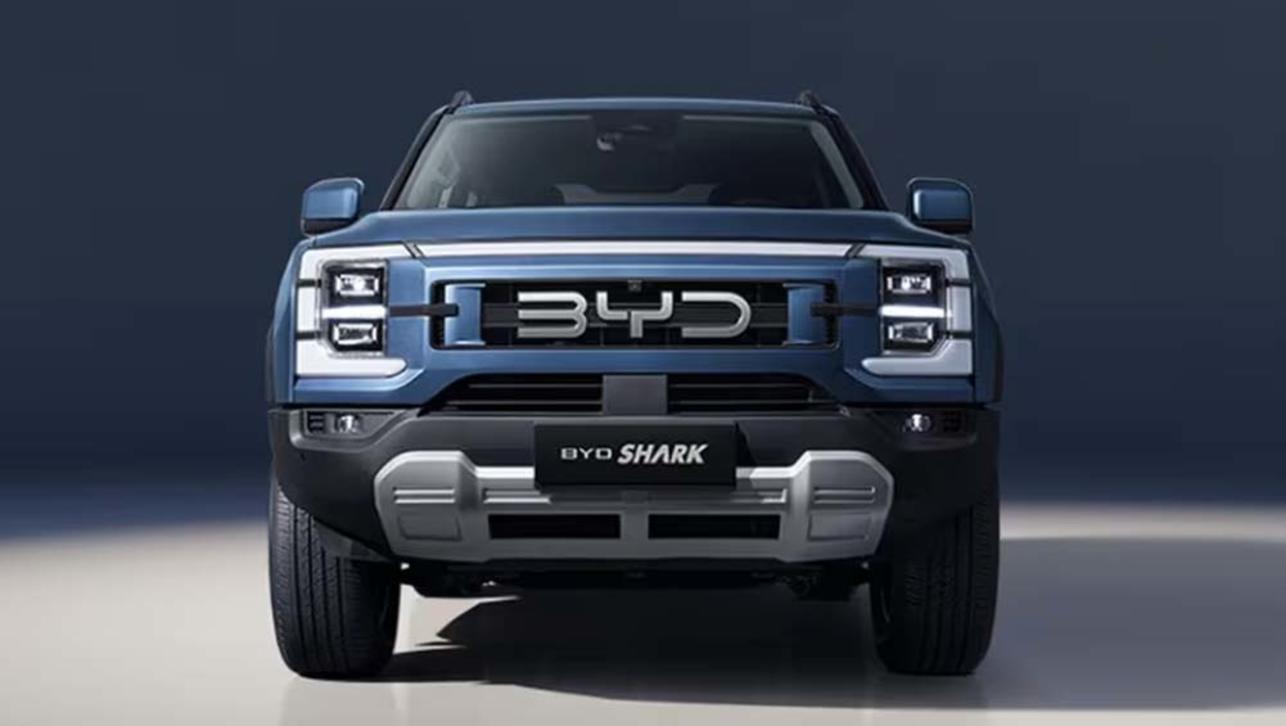
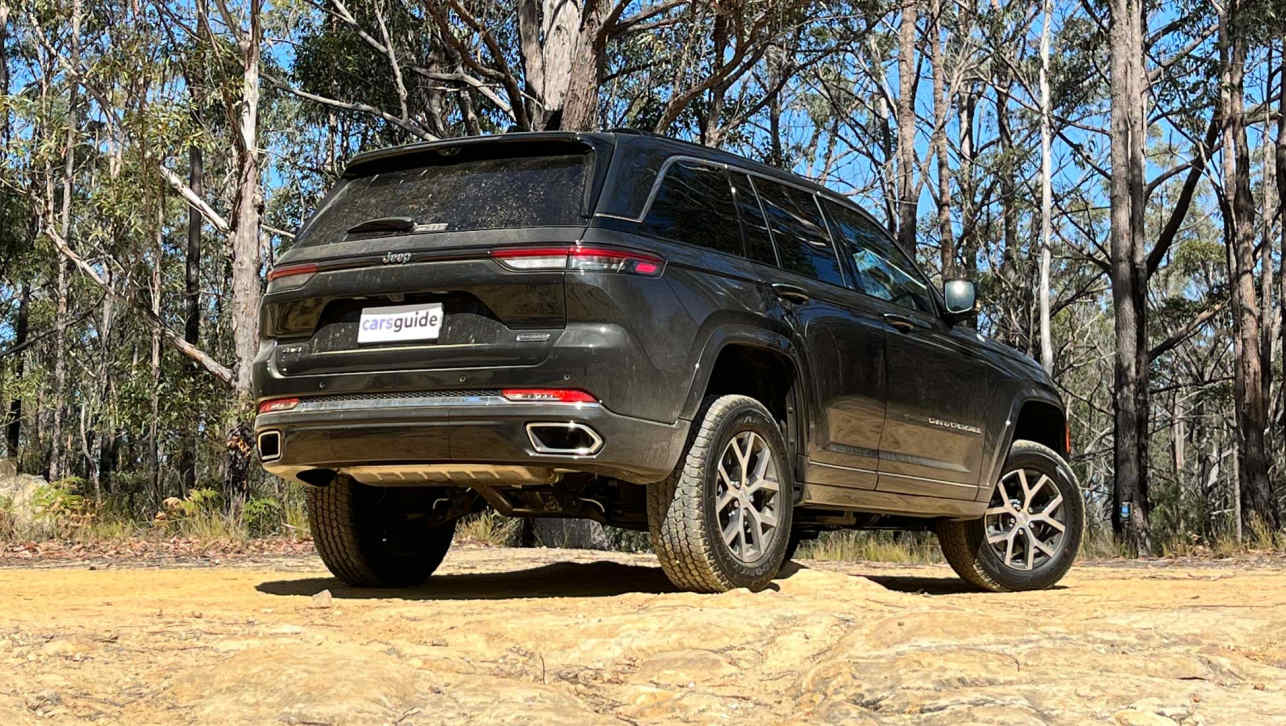
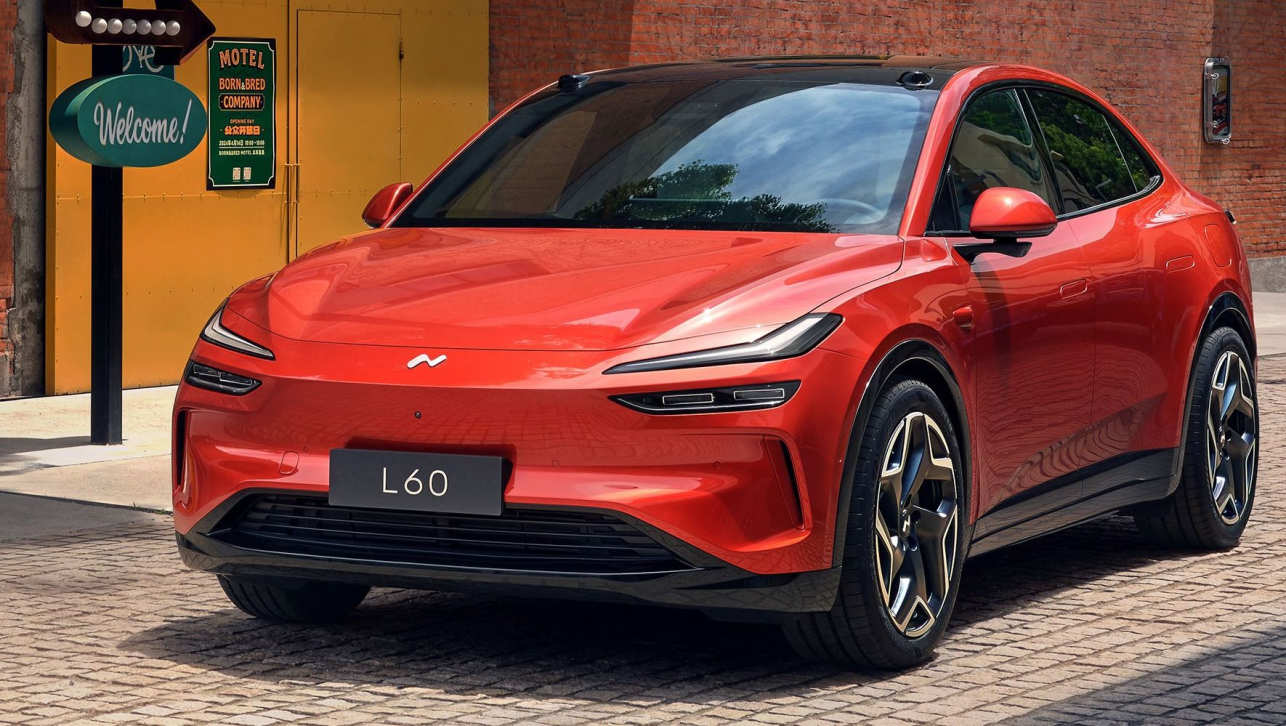


.jpg)

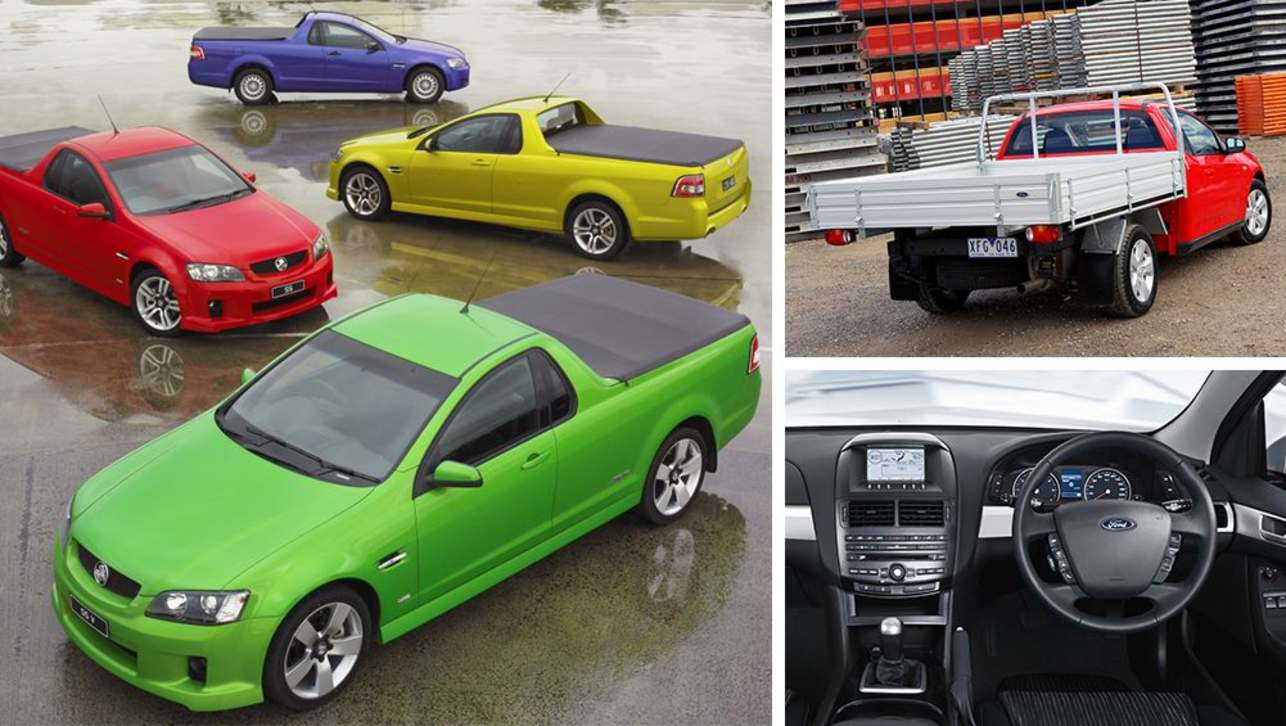
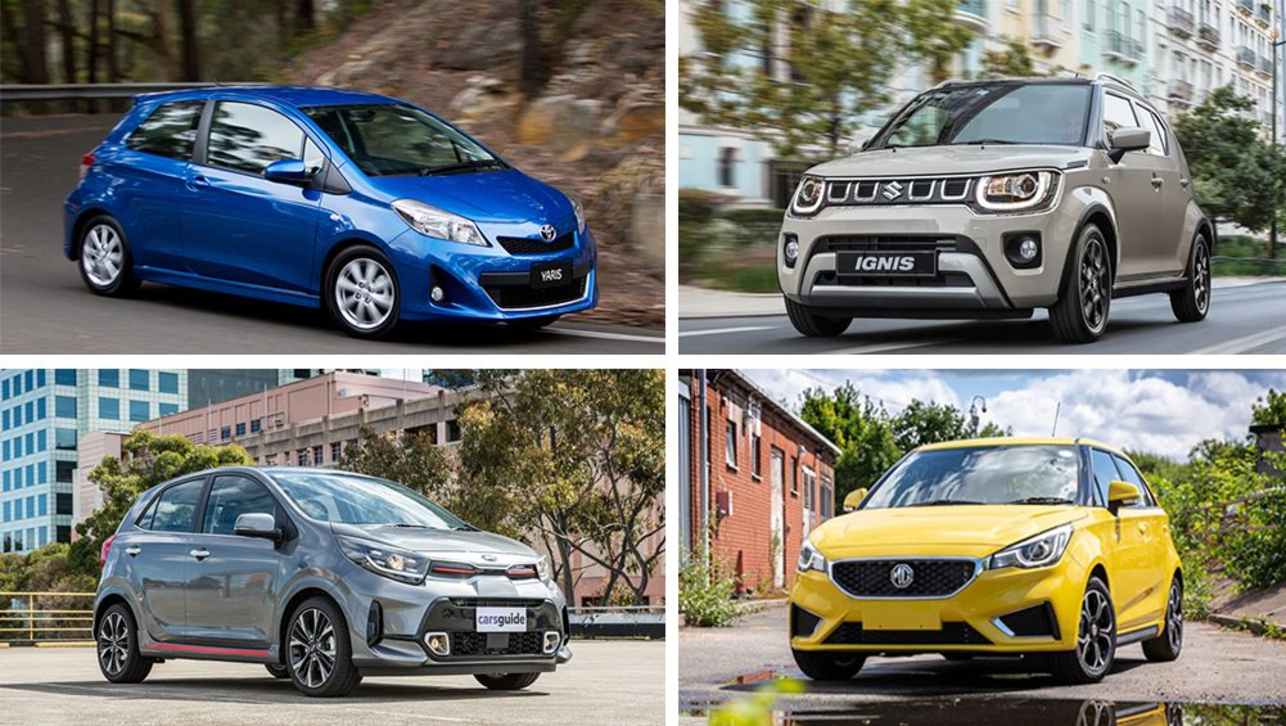
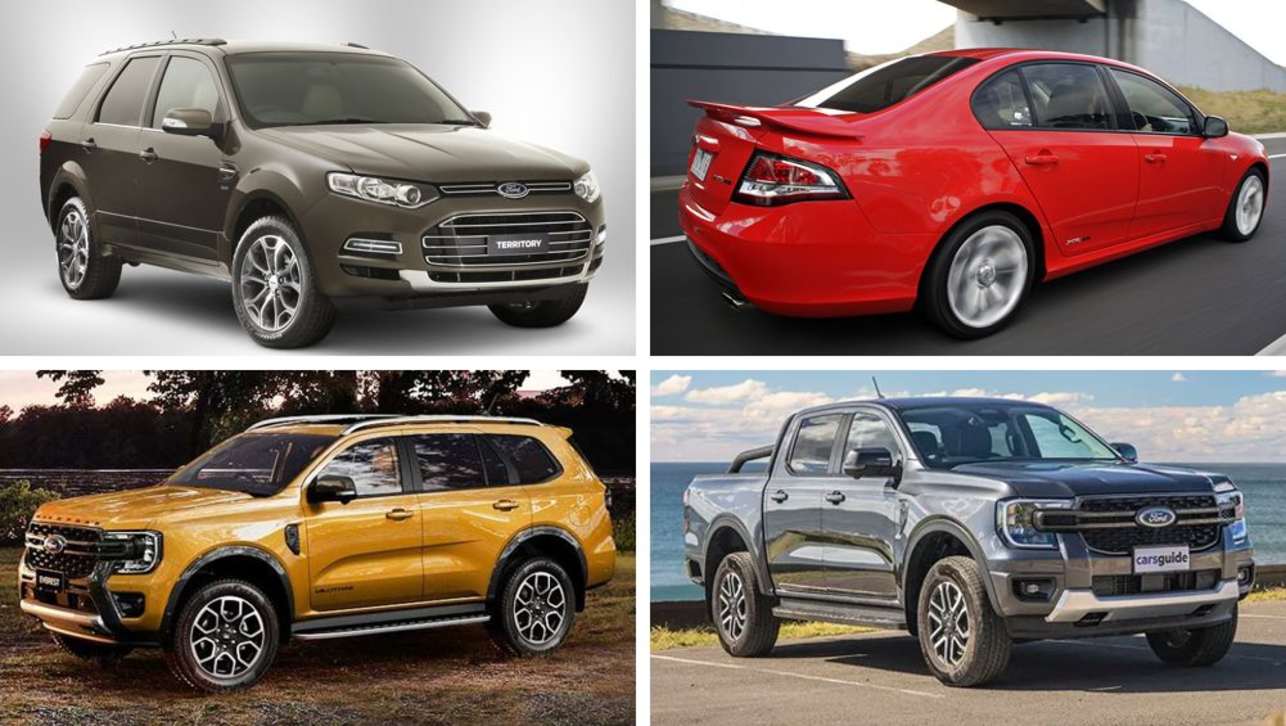
.jpg)
.webp)


.jpg)

Comments